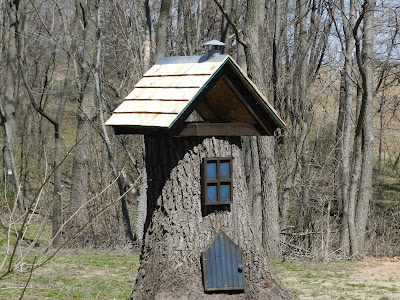It looks
beautiful in the pictures but in real life it takes time to take them off every
night, pile them someplace where you won’t trip over them if you get up during
the night and replace ever so artfully every morning. Who has the time? Who wants to take the time? And if you’re a man, at what point in the
previous words did you think, “What pillows?”
We can move
on to decorative pillows on couches and chairs:
they’re sold by the thousands for way more than that little scrap of
material is worth. The first thing that
happens if you have children is they are used on the floor for tumbling, making
a fort or hitting a sibling. When adults
come to play, the first thing is they are removed to the floor, stuck behind
the couch or squished to the point of ruining the shape.
Don’t get
me wrong; I bought into the whole pillows marketing hype. I love the splashes of color and the
beautiful fabrics. And then I got
real! Except for a few favorites, my
pillows have gone to my local Salvation Army for some innocent homeowner to
start his or her own pillow fantasy.
All parts
of our lives have “pillow examples.” And
as we start to drag decorative stuff out into our gardens, balance how much we
L.O.V.E. it against how much work we’re adding to our already busy lives.
I listened
to a story the other day that asked, “Is our new mantra busyness?” Is the banner we carry all about how busy we
are? Do we somehow feel it validates us
as a person? Think about:
How many
things in your home suck time from your life for no good reason? Think pillows!
When
someone asks, “How are you?” do you start your endless list of all the things
you are doing?
If your
children are left with an evening or weekend where nothing is planned, do they
get fussy “because there’s nothing to do?”
Do you have
so many beds of flowers that you must maintain them instead of enjoying them?
Do you feel
you must fulfill every whim and fancy your aging parents decide they want and
when they want?
Do your
children know how to fill up time with their own imagination rather than have
it manufactured with scheduled events or outside stimulation?
Do you
consider reading or watching nature only something to be squeezed in when
everything else is done?
Do you never
quite have time to fit phoning, visiting or helping others into your
schedule?
If you do
fit a call, visit or help into your schedule is the time you allot about your
schedule or what the other person needs?
Does
busyness make you feel important? Does
it validate that you’re needed? Things wouldn’t get done without you? No one will be happy without what you do? Do you think it makes you a good person?
Granted,
some folks could use a little more commitment to getting busy. Busyness isn’t about taking care of family,
the home or your job. I’m talking about
all the self-imposed stuff we put upon ourselves that isn’t needed and
sometimes isn’t even wanted by others.
This summer
think about what you can eliminate from your busyness. Whether it’s pillows, a new garden bed, Sally’s
tumbling or Johnny’s T-ball - think it through.
Will you be better rested for all the pillows? Will Sally and Johnny need all these things
to be successful adults? Do you need to
go to grandchildren’s every event or their life will be warped? If it’s “no” to these or things on your own
list – think about change. Busyness for
busyness sake is much too busy for a busy person.

















